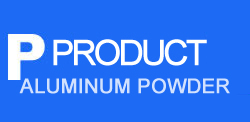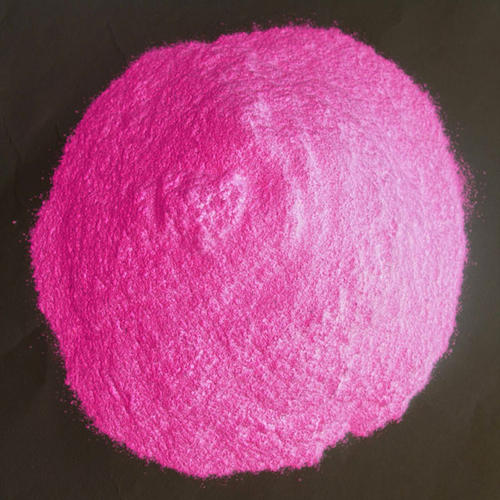Aluminum powder for powder coating
The coating aluminum powder adopts dry grinding process, because of its high solid content, very few organic solvent volatiles, and excellent environmental protection performance. Metal aluminum powder coatings are decorative powder coatings, which are mainly used for the decoration of indoor and outdoor objects and products. Outdoor products include street lamps, lamp posts, metal doors and windows, automobile wheels, etc.; indoor products include ceilings, lighting, toys, fitness equipment, security doors, building materials, shelves, radiators, electric toys, etc. Generally polyester and polyurethane powder coatings are used for outdoor and demanding indoor products; epoxy and polyester epoxy powder coatings are used for indoor products.
Due to the characteristics of powder coatings, metal aluminum powder powder coatings will gradually replace some solvent-based coatings, and its amount will continue to increase. However, powder coatings are not a perfect variety. The microscopic flatness, decorative effect, dispersibility and concealment of aluminum powder in the coating film are not as good as solvent-based coatings. It is easy to expose a very small amount of aluminum powder particles on the surface of the coating film. When exposed to the air, the surface of the aluminum powder will oxidize, which will darken the coating film and ultimately affect the decorative effect of the coating film. Film coating varnish can overcome this shortcoming, but this increases the material and coating costs, and it is economically inferior to applying two solvent-based coatings. Due to the limitations of powder coatings, metal aluminum powder powder coatings cannot be used in the coating of luxury car topcoats, and can only be used for coatings that do not require high decorative requirements.
The raw materials of aluminum powder metal powder coating include the following components in parts by weight: 20-60 parts of epoxy resin; 10-30 parts of alkyd resin; 10-30 parts of silicone modified acrylic resin; 4,4? 10 to 20 parts of phenylmethane; 1 to 10 parts of ethylene diamine; 1 to 10 parts of dicyandiamide; 1 to 10 parts of 1-methylimidazole; 1 to 10 parts of N-diglycidyl ether; sodium lignin sulfonate 1 ~5 parts; polyethylene glycol 1~8 parts; nano titanium dioxide 1~5 parts; fumed silica 1~5 parts; light calcium carbonate 1~5 parts; silane coupling agent 1~3 parts; dimethyl 1 to 3 parts of siloxane; 1 to 3 parts of dibutyl tin dilaurate; 1 to 3 parts of diatomaceous earth; 1 to 5 parts of aluminum powder coated with amino polyether on the surface.

